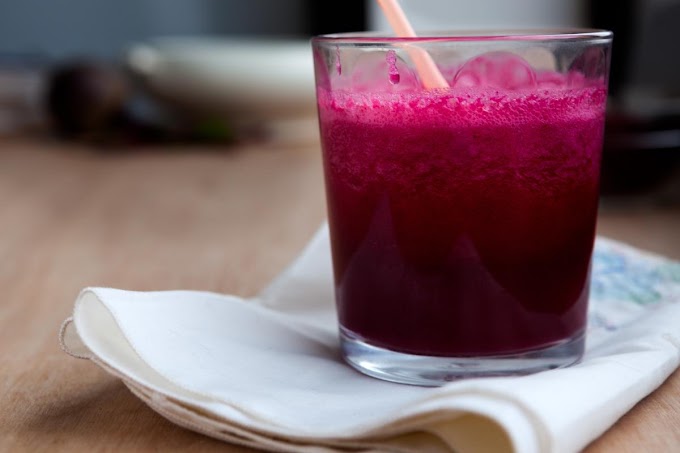What is Arborio Rice, and Why is it Important for Risotto?
Arborio rice is an Italian short-grain rice that is named after the town of Arborio in the Po Valley. It’s characterized by its plump, oval-shaped grains and high starch content. This starch, called amylopectin, is what makes risotto creamy without the need for added cream or cheese.
Unlike long-grain rice varieties such as basmati or jasmine, Arborio rice absorbs liquids slowly while releasing its starch, giving risotto its velvety, thick consistency. When cooked correctly, Arborio rice retains a slight firmness in the center, creating a perfect balance of creamy and chewy textures.
Essential Ingredients for Risotto
Before diving into the cooking process, it’s important to gather all the essential ingredients. You can add a variety of flavors and toppings to your risotto, but the basic components remain the same:
Arborio rice: The star of the dish. You’ll need about 1 cup of Arborio rice to serve two people.
Broth: Traditionally, vegetable, chicken, or beef broth is used as the liquid base. For an authentic risotto, using homemade broth is best, but store-bought varieties work well too. You’ll need approximately 4–6 cups of broth.
Butter and olive oil: These fats form the base of the risotto, contributing to the smooth texture. 1 tablespoon of butter and 2 tablespoons of olive oil are a good starting point.
Onion or shallot: Aromatics like finely diced onion or shallots add depth of flavor. Use 1 small onion or 2 shallots, finely chopped.
White wine: Adding half a cup of dry white wine provides acidity and richness to the risotto. This step is optional but highly recommended.
Parmesan cheese: Freshly grated Parmesan cheese is typically stirred into the risotto toward the end of cooking for added creaminess and a salty flavor.
Salt and pepper: These will be used for seasoning.
Optional Add-ins:
Mushrooms, asparagus, or peas for added texture and flavor.
Seafood, chicken, or pancetta for a heartier dish.
Fresh herbs like thyme, parsley, or basil to add an aromatic touch.
Step-by-Step Guide to Preparing the Perfect Risotto
Step 1: Preparing the Broth
The first step in making risotto is to warm the broth. Since risotto is cooked gradually by adding small amounts of liquid over time, using cold broth will slow down the cooking process and prevent the rice from absorbing the liquid evenly. Heat the broth in a saucepan and keep it on a low simmer on the stove throughout the cooking process.
Step 2: Sauté the Aromatics
In a large pan, melt 1 tablespoon of butter and heat 2 tablespoons of olive oil over medium heat. Once the butter has melted and the oil is shimmering, add the finely chopped onion or shallot. Cook, stirring frequently, until the onion becomes translucent and soft, but not browned—this should take around 3–5 minutes.
Step 3: Toast the Arborio Rice
Next, add the Arborio rice to the pan. Stir the rice well to coat each grain with the butter and oil. Toasting the rice in this way helps lock in the starches and gives the grains a nutty flavor. Cook the rice, stirring frequently, for about 2–3 minutes. You’ll notice the grains turning slightly translucent around the edges while still maintaining a white center.
Step 4: Deglaze with White Wine
If you’re using white wine, this is the moment to add it. Pour in about half a cup of wine and stir continuously. The wine will sizzle and evaporate quickly, but it imparts a beautiful acidity and depth to the risotto. Continue stirring until the wine is fully absorbed by the rice.
Step 5: Begin Adding the Broth
Once the wine has evaporated (or if you skipped that step), start adding the warm broth to the rice, one ladle at a time. You want to add just enough broth to cover the rice. Stir gently and consistently as the rice absorbs the liquid. Once the liquid is mostly absorbed, add another ladle of broth and repeat the process.
Step 6: Stir Consistently
Constant stirring is key to perfect risotto. It helps release the starches from the rice, creating the creamy texture risotto is known for. Stirring also ensures that the rice cooks evenly, absorbing the broth without sticking to the pan.
Step 7: Continue Adding Broth
Continue adding the broth, one ladle at a time, and stirring until the rice is cooked through. This process usually takes around 18–20 minutes. Taste the rice along the way—you're looking for a texture that’s tender with a slight bite in the center, known as "aldente."
Step 8: Finish with Butter and Parmesan
When the rice is cooked to your liking, remove the pan from the heat. Stir in an additional tablespoon of butter and a generous amount of freshly grated Parmesan cheese (about 1/2 cup). This final step adds richness and an extra layer of creaminess to the risotto.
Step 9: Season and Serve
Taste the risotto and adjust the seasoning with salt and freshly ground black pepper. Serve immediately, as risotto is best enjoyed right after it's made. You can garnish the risotto with more Parmesan, fresh herbs, or a drizzle of olive oil for a finishing touch.
Tips for Perfecting Your Risotto
Use Hot Broth
One of the most common mistakes when making risotto is using cold broth. This shocks the rice and slows down the cooking process. Always keep your broth simmering on low heat throughout the entire process to ensure the rice absorbs it evenly.
Don’t Rush the Process
Patience is key when making risotto. Adding too much broth at once or skipping the stirring will result in unevenly cooked rice. Take your time, ladling the broth in gradually and stirring consistently.
Taste the Rice Frequently
To achieve the ideal al dente texture, it’s essential to taste the rice throughout the cooking process. Risotto should have a slight bite but still be creamy. Overcooking can result in mushy rice.
Keep the Butter and Parmesan for the End
While it might be tempting to add butter and cheese throughout the cooking process, saving these ingredients for the end helps keep the risotto creamy without becoming too heavy.
Variations on Classic Risotto
Once you’ve mastered the basic risotto recipe, the possibilities for customization are endless. Here are some ideas for variations:
Mushroom Risotto: Sauté a variety of mushrooms like cremini, shiitake, or porcini with the onions before adding the rice for an earthy, umami-rich risotto.
Seafood Risotto: Add cooked shrimp, scallops, or lobster for a decadent seafood twist. Finish with a splash of lemon juice to brighten the dish.
Vegetable Risotto: Add seasonal vegetables like asparagus, peas, or spinach for a fresh and vibrant risotto.
Conclusion
Making the perfect risotto using Arborio rice is a rewarding culinary endeavor that requires patience and attention to detail. With its creamy, luxurious texture and endless possibilities for customization, risotto is a dish that can be as simple or as complex as you desire. Following the steps above will ensure your risotto is perfectly cooked every time, leaving you with a dish that's sure to impress. Whether served as a main course or a side, a well-made risotto is a delicious expression of the art of Italian cooking.








Social Plugin